Economically thriving and brimming with natural beauty, Costa Rica offers landowners and investors exciting avenues…
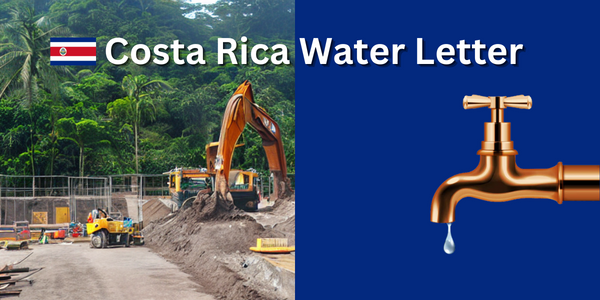
Water Letter in Costa Rica: A Building Requirement
A Building Requirement for Costa Rica: Water Letter
All properties on the Costa Rican grid are supplied with water by the national Asociaciones administradoras de los Sistemas de Acueductos y Alcantarillados comunales (ASADA) pictured on the left or the Costa Rican Institute of Acueductos y Alcantarillados (AyA) pictured right.
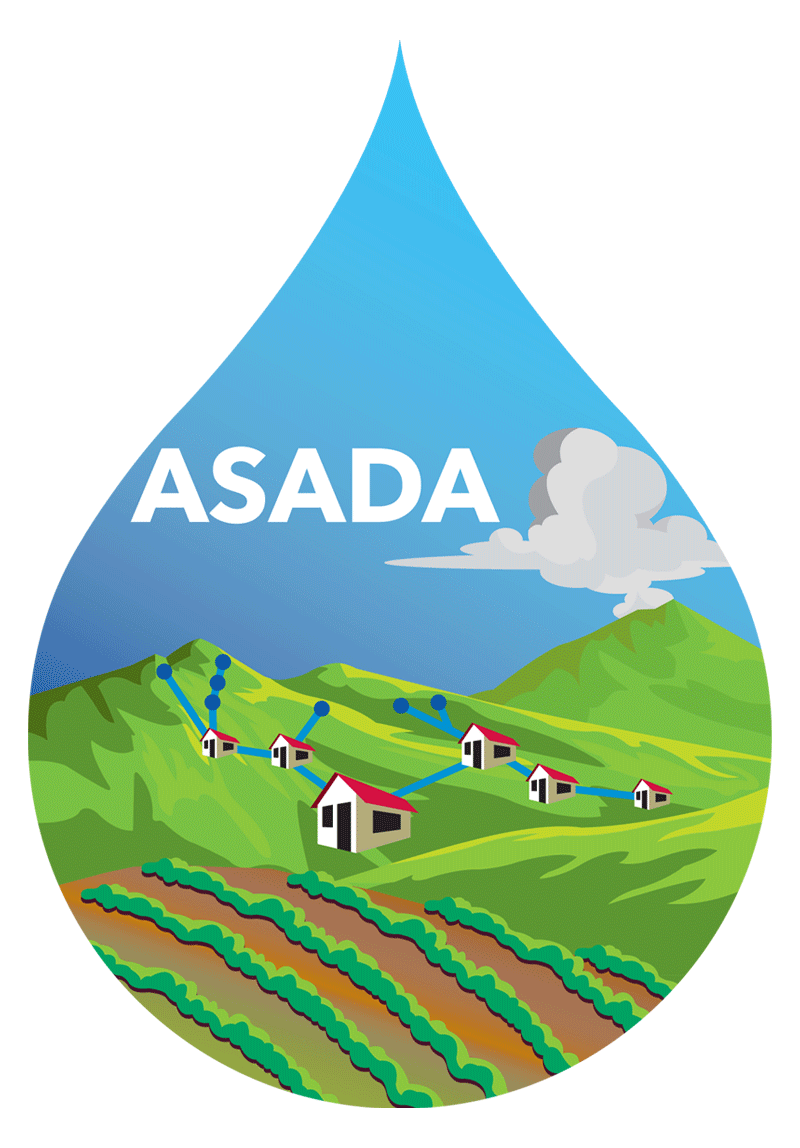
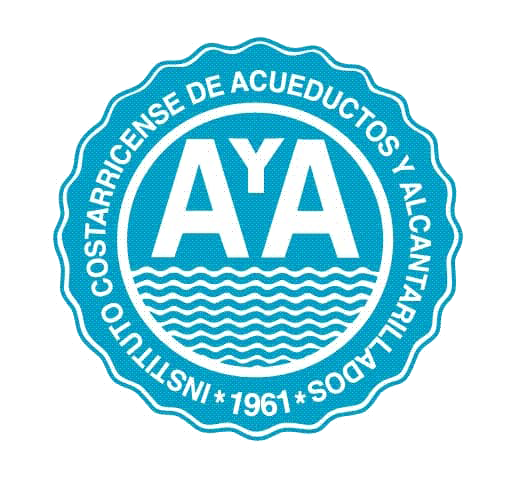
All of Costa Rica’s water is owned by these two governmental bodies. Thus, there should be plenty of supply. As you may already be aware, that is only occasionally the case, particularly in the drought-prone region of Guanacaste. Despite being tropical and humid, Costa Rica can have water shortages, particularly during the dry season. Water consumption may be restricted during these droughts, and it’s even conceivable that your supply could be interrupted for a few hours of the day.
How does a “Water Letter” work in Costa Rica?
A water letter, or “Carta de Agua” as it is known locally, is a certification from AyA or the ASADA attesting to the existence of resources for drinking water on the property.
A land buyer should consider a variety of factors while evaluating properties. They should ensure that the lot can access all required amenities, such as water, power, and internet, if they want to develop it. However, because the water letter is necessary to obtain construction licenses in Costa Rica, land with one might as well be deemed a nature reserve, and you are likely to be able to develop something sometime soon.
When you purchase your property, it could already have a water letter, but by the time you’re prepared to begin construction, you might have passed the deadline. Look closely at the dates on the water letter because they may have little time remaining and may not be able to be renewed, delaying your building by months or even years. Usually, water letters are issued for six to twelve months. Building permissions must be obtained at this point to save time.
Here you will find a cautionary tale of a Costa Rican expat’s experience purchasing a lot in Guanacaste without a water letter.
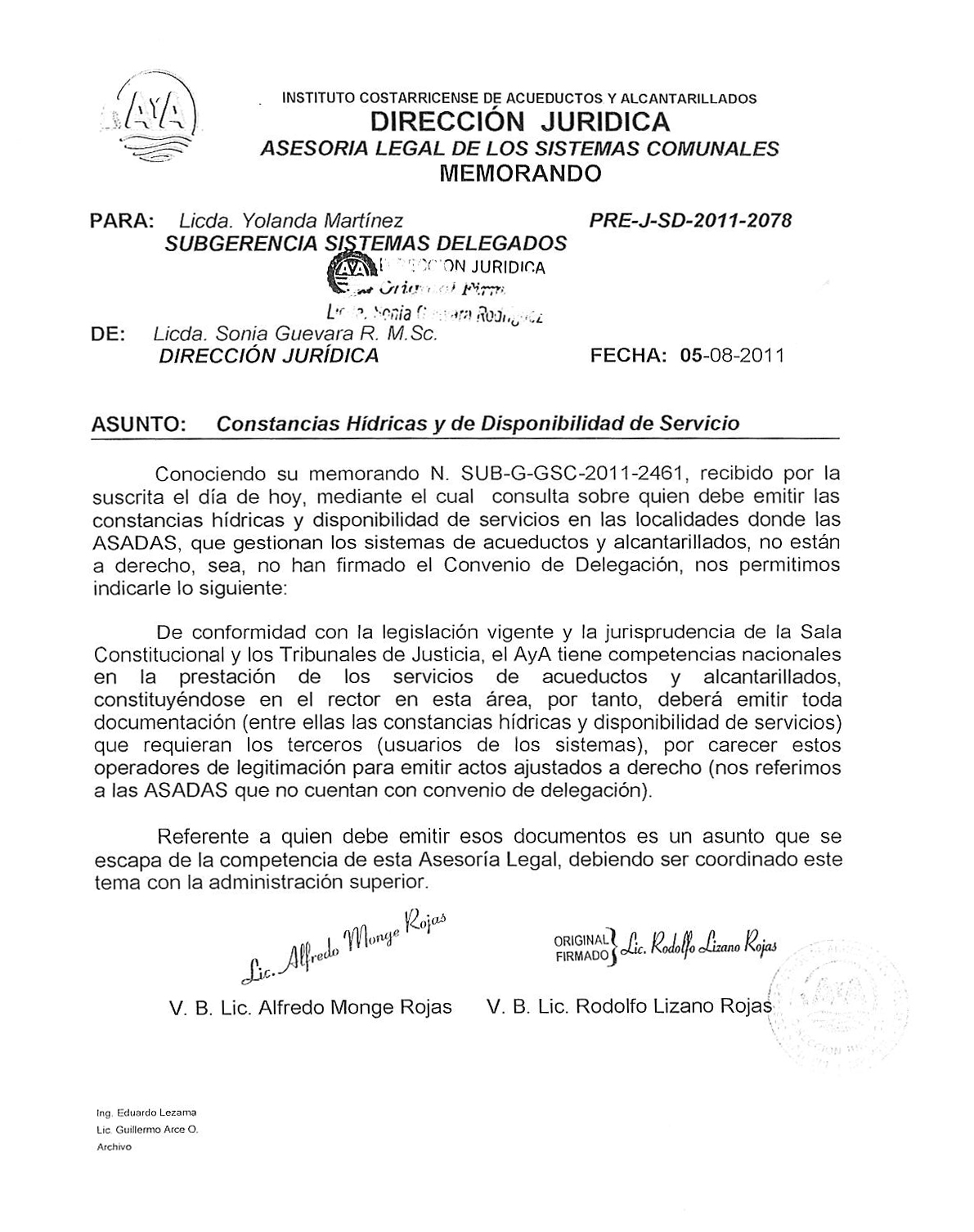
What Role Do Gated Communities Play?
What happens if I buy a house in a gated community with a water system? Do you think that is enough? Possibly, but you should always double-check. In the past 10 or 20 years, when apartment complexes in Costa Rica were divided, the developers would build roads, dig wells, and install power. The standard water, piped throughout the community, was accessible to anybody who bought a lot there. Unfortunately, as reported by The Tico Times, a new law in Costa Rica modified the straightforward system on September 1, 2014. Since then, more than simply having water on your land has been required. You will need an active water letter to obtain a building permit. The new rule does not apply to existing construction already in progress, but for expanding after completion, you would need to request a new building permit and thus have an active water letter.
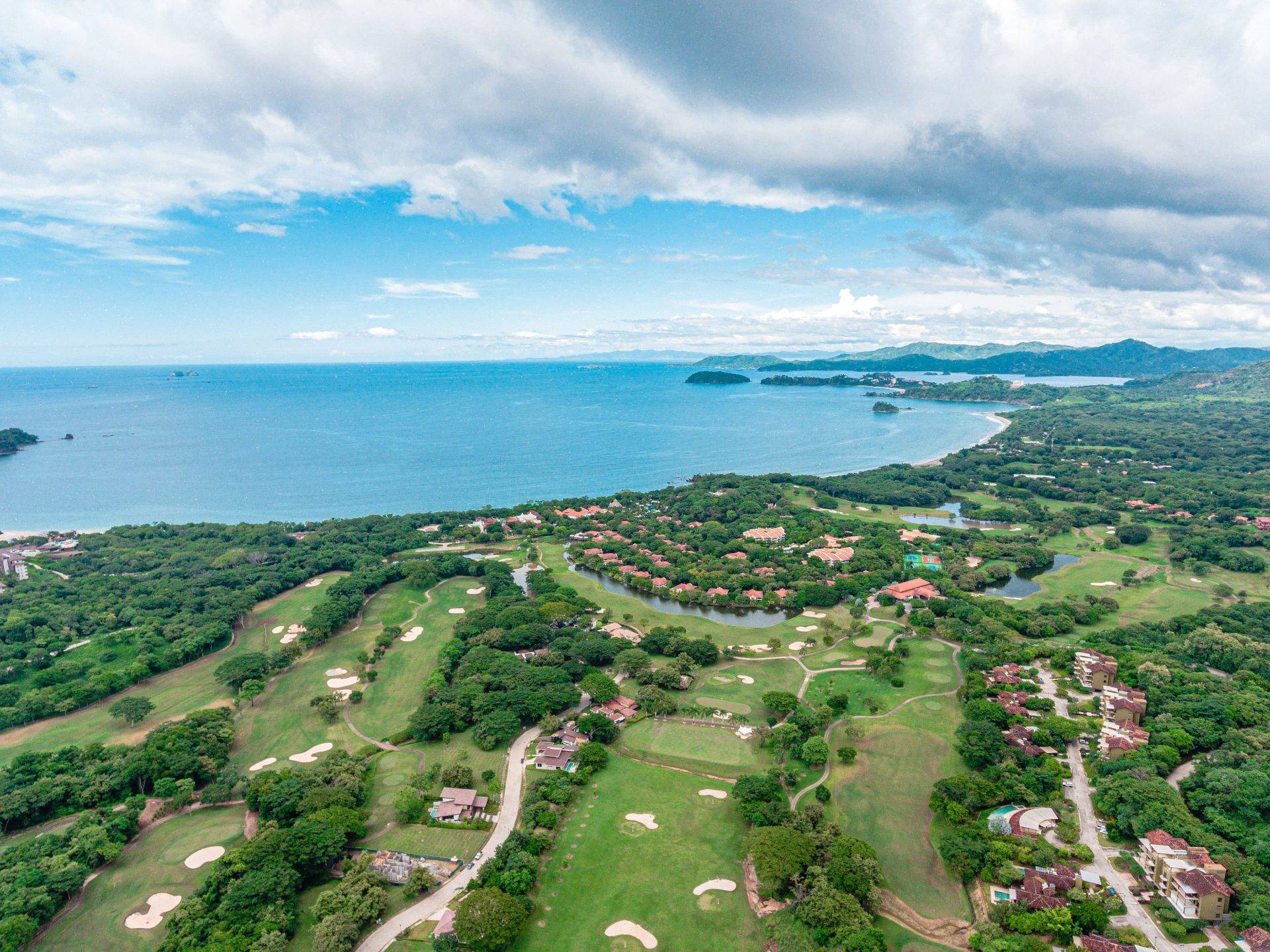
Is there a way to get around a water letter in Costa Rica?
The first option is to utilize a rainwater collecting system, river, or creek that runs through the property. If the water source is suitable for drinking and has a sufficient flow throughout the year, it can be registered and granted a water concession. This process will take a lot of patience and legal advice to complete this complicated process. You should expect a 1-2 year procedure before you use this option to get a water concession on your property.
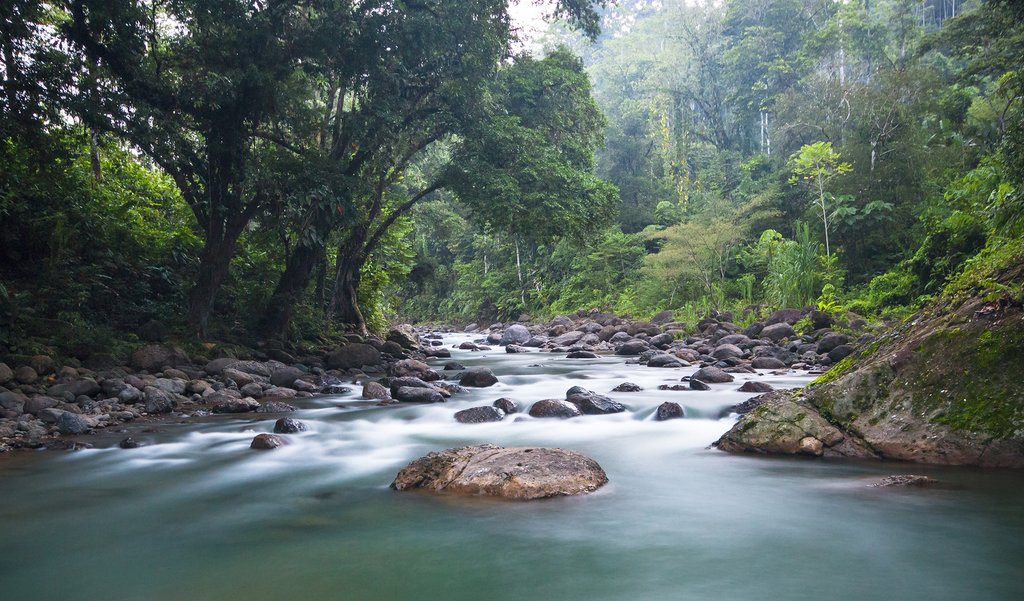
A hand-dug well is an additional choice. The usual maximum depth allowed is 21 meters, and normally it cannot be located closer than 15 meters to another well or structure. This option is usually limited to supporting a single residence. Still, it serves as a solid backup because it is the quickest and simplest method to obtain a water concession, though it could still take years.
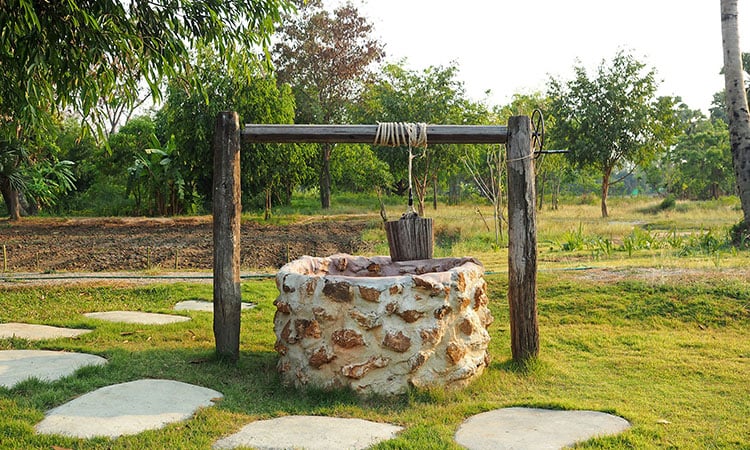
One drawback for residents of Guanacaste is that because water is a precious resource there, the government typically rejects these alternate strategies. As a result, they are typically not even considered to be optional.
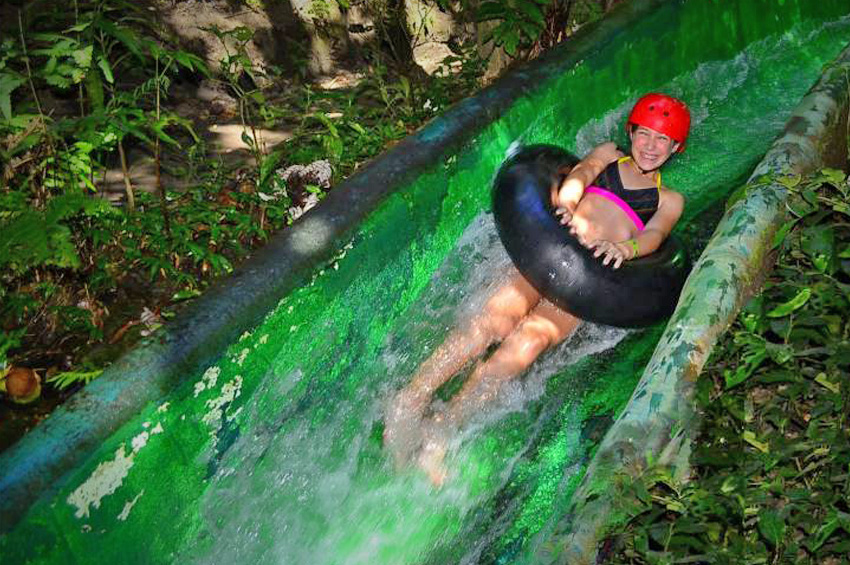
Conclusion
Before purchasing Costa Rica real estate, please always do your homework. To obtain your construction permits, a lot you want to build on requires a document from AyA or an ASADA certifying water availability in addition to a supply of safe drinking water. Furthermore, buying a property with a water concession is best to start building immediately before the period expires.
*Loan Request Form
Can people who don’t live in Costa Rica get loans from regular banks?
Banks in Costa Rica used to lend money to people who didn’t live there, but that has changed because of changes in the global economy. It is now harder for people who don’t live in the country to get loans from traditional banks.
What’s a home equity loan?
A home equity loan is a type of loan that lets you borrow money using the value of your home as security. Homeowners who have built up equity in their homes can choose this option.
How does a loan against home equity work?
A home equity loan gives you a lump sum based on how much equity you have in your home. Then, you repay the loan with interest over a certain amount of time.
Can I use the value of my home without getting a loan?
With a home equity line of credit, you can use the value of your home without taking out a loan (HELOC). With this option, you can borrow money as needed, up to a specific limit, and only pay interest on the amount you borrow.
Can I use a loan against the value of my home for anything?
Yes, you can use a home equity loan for anything, like school, travel, home repairs, a wedding, or anything else.
How can someone in Costa Rica get a loan based on the value of their home?
In Costa Rica, you need to own a home and have built up equity in it to get a home equity loan. The best thing to do is show you can repay the loan.
How much do home equity loans in Costa Rica cost in interest?
Private lenders in Costa Rica offer home equity loans with rates between 10% and 18%, which are affordable for most people. But interest rates can be different depending on the lender and other things.
How much can I borrow in Costa Rica with a loan against the value of my home?
Using your home’s collateral value, you can get a loan of up to 50% of its value. But the amount you can borrow might differ depending on the lender.
Contact us for more information, or fill out a loan request now!
Need Residency status in Costa Rica? – Click HERE.
Looking for Real Estate? – Click HERE.
Want to invest? – Click HERE.
Article by Glenn Tellier (Founder of CRIE and Grupo Gap)


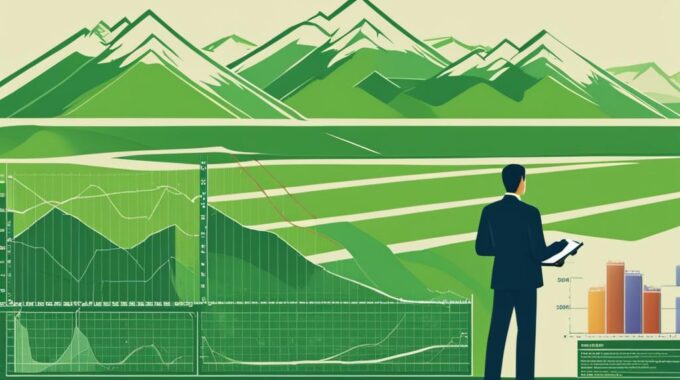
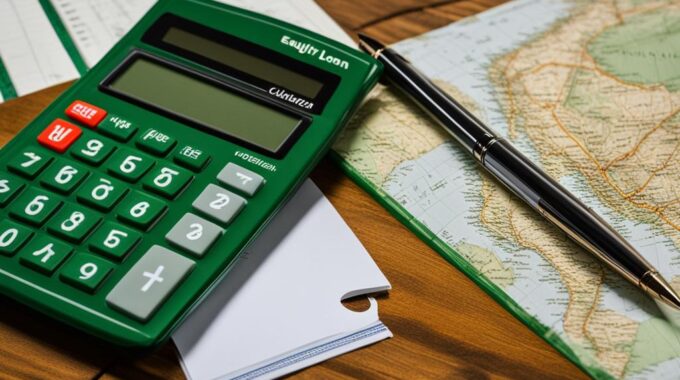

This Post Has 0 Comments